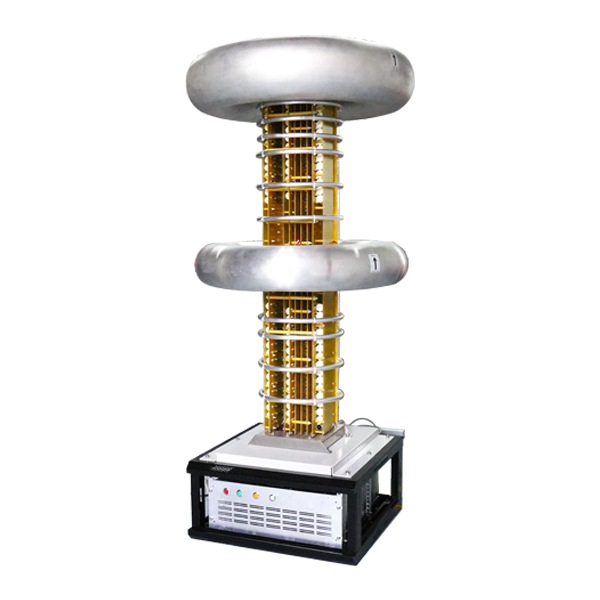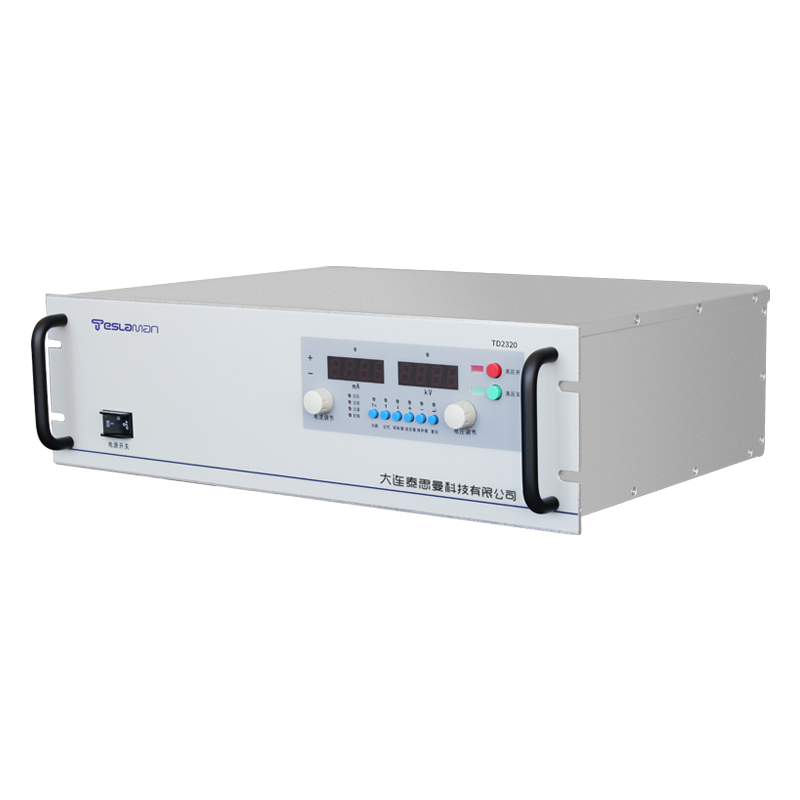Highlights of Portable High-Voltage Power Supply for Cable Testing
In the field of modern power systems and industrial automation, the reliability testing of cable insulation and operation status is crucial. Traditional fixed high-voltage testing power supplies are limited by volume and power supply scenarios, failing to meet the needs of field operations, emergency repairs, and distributed grid maintenance. Portable high-voltage power supplies for cable testing integrate high-voltage generation, signal acquisition, and intelligent control into a lightweight system through technological innovation, forming a new type of testing equipment with both functionality and mobility. Their core highlights can be analyzed from the following dimensions:
1. Technological Breakthrough in Lightweight Structure and Energy Management
The primary design goal of portable cable testing power supplies is to break through the volume constraints of traditional high-voltage equipment. By adopting high-frequency switching power supply technology (HF-SMPS), the transformer volume is reduced to less than 1/5 of that of traditional power frequency equipment. Combined with the modular integration of high-density lithium battery packs, the entire machine can be controlled within 10kg, meeting the requirement of single-person carrying. For example, its power conversion efficiency can reach more than 90%, and under the 10kV output condition, the continuous working time exceeds 4 hours, while the energy density reaches 200Wh/kg, which is 3 times higher than that of the traditional lead-acid battery system. In addition, the thermal management system uses micro-channel liquid cooling and phase-change material composite heat dissipation technology to ensure that the temperature rise of the equipment does not exceed 40℃ during continuous high-voltage testing, avoiding performance degradation caused by overheating.
2. High-Precision High-Voltage Output and Intelligent Testing Integration
The core technical highlight of such equipment lies in the stability of high-voltage output and the integration of testing functions. It adopts digital closed-loop control technology, and within the adjustable range of 0-30kV, the voltage ripple coefficient is ≤0.5%, meeting the accuracy requirements of IEC 60664-1 for high-voltage test sources. At the same time, the equipment is built-in with a partial discharge (PD) detection module, which can real-time collect weak discharge signals generated by cable insulation defects, and realize defect type recognition with the help of AI algorithms, with a detection sensitivity of less than 5pC. For example, in the cable withstand voltage test, the system can automatically generate a standardized process of boosting-holding pressure-reducing, and simultaneously record parameters such as leakage current and dielectric loss factor (tanδ). The test data is transmitted to the terminal device via Bluetooth or Wi-Fi to form a digital test report, greatly improving on-site operation efficiency.
3. Safety Protection System and Complex Environment Adaptability
Aiming at the safety needs of field operations, portable power supplies build a multi-level protection mechanism: at the hardware level, optoelectronic isolation technology is adopted to completely isolate the high-voltage circuit from the control circuit, and with a grounding fault detection system, the response time is ≤10ms; at the software level, three protections of overvoltage, overcurrent, and short circuit are set. When cable breakdown is detected, the system can cut off the power within 200μs. In addition, the equipment shell is made of military-grade magnesium-aluminum alloy, with an IP65 protection level, and can operate stably in the temperature range of -25℃ to 55℃ and the humidity environment of 95%, adapting to complex working conditions such as outdoor rain and dust. Its electromagnetic interference (EMI) design complies with the EN 61000-6-2 standard, ensuring the accuracy of test data in strong electromagnetic environments such as substations.
4. Scenario-based Application and Industrial Value Extension
In the maintenance of transmission and distribution networks, this type of power supply can quickly complete cable handover tests and preventive tests, especially suitable for mobile detection in special scenarios such as urban rail transit and submarine cables; in the petrochemical field, portable equipment can go deep into flammable and explosive areas to achieve safe testing in dangerous environments through intrinsic safety design (such as Ex ia IIC T4 explosion-proof certification). According to industry application data statistics, compared with traditional fixed equipment, the portable solution can shorten the on-site test preparation time by 60%, reduce labor costs by 40%, and at the same time reduce economic losses caused by power outages. With the integration of 5G IoT technology, future equipment can be further connected to the intelligent operation and maintenance platform to realize cloud storage of test data and fault early warning, promoting the upgrading of cable maintenance to a predictive maintenance model.
Portable high-voltage power supplies for cable testing break through the time and space limitations of traditional high-voltage testing through technological integration and scenario adaptation. Their lightweight, intelligent, and highly reliable features not only reshape the on-site operation and maintenance mode but also promote the development of power equipment detection towards digitization and unmannedization. In the context of the construction of new power systems and the popularization of the industrial Internet, such equipment will become a key support for the intelligent operation and maintenance of energy infrastructure.




















